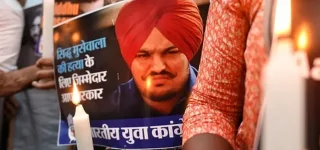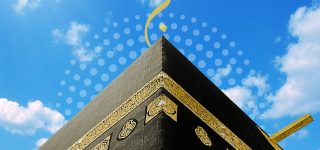1. From a serial entrepreneur to an eco-activist, what prompted the shift?
I am still an entrepreneur. I still run my e-commerce company. But yes more of my time is now spent on spreading this agenda that we really need to have the green infrastructure around us, to safeguard us from what is coming to us.
[adinserter block= “3”]
Just that realization six years ago, the heatwaves and the climatic shifts lead to asking the questions – where will our children live and how will they live. These questions prompted me to do a lot of different things.
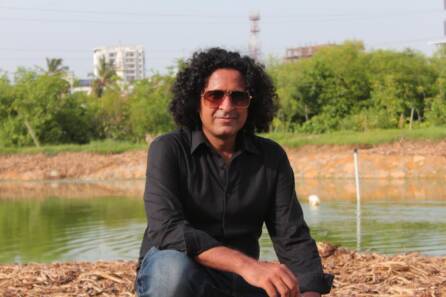
2. You are often seen as the poster child to urban Forests in Karachi. What is an urban forest to begin with?
An urban forest is basically a collection of all green assets that exist in the city. It could be individual trees, inside or outside your house, it can be a small garden, a dedicated dense forest area, an orchard, a wetland area, a wilderness area – a collective of all these areas is an urban forest. Ideally, it should have native species in overwhelming quantities. Larger, canopy trees are always better. And indicate better health of the urban forest,
3. What motivated you to start an urban forest in Karachi?
In 2015, Karachi went through a heatwave. We all saw mass graves being dug in the city. There was no plague, war or famine. Just because of a heatwave, so many people died.
It was really shocking for me, what kind of a city are we living in. People were dropping on the streets because it was getting hotter.
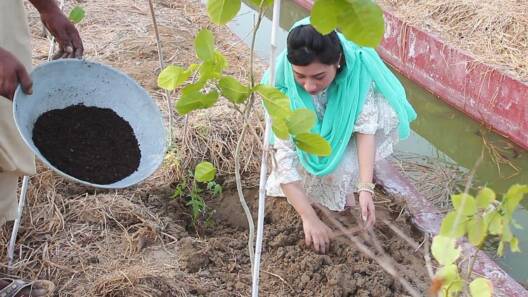
So I started looking around for what can be done and came across this method that sounded too good to be true. Just jumped into it, lets get into it and see what can be done. And if it doesn’t work, so what – we’ll just waste some money.
4. There are 5 urban Forests in Karachi. Are they all part of a concerted effort or are they independent?
I will take that credit for introducing the term urban forest. Anything and everything that is planted in this city are called an urban forest, so yes there are a number of urban forests.
Our urban forest is based on a Miyawaki method of the plantation, which is a Japanese method. And the plants are all native and they grow really fast and the space becomes a natural habitat for all local species.
Everything that has come after this – small, medium, large – whatever they are doing, has been called an urban forest because it’s an urban area and this is the term en vogue.
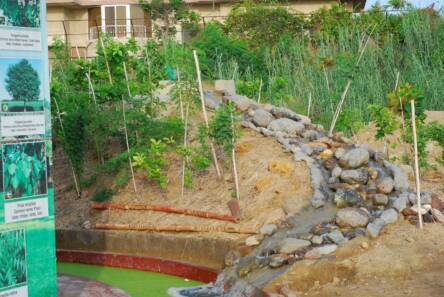
Anybody and everybody who has done more than 10 trees is calling it a forest, and that’s fine. At least, it brings that reality to everyone’s mind that you can have forests in the city.
Forests are spaces that are undisturbed, only for the species that are not human beings. So there should be other species around as well so they can provide the ecological services they were meant for.
5. However, Karachi is the largest city with the fewest urban Forests of any city in Pakistan. Why do you think that is?
Karachi’s green cover – which is trees with some kind of canopy – is only 1%. For a healthy city, at least 25% tree cover is needed. Big cities in the civilized world have a tree cover ranging anywhere from 12% to 50%. Despite having such numbers, these cities are still talking about expanding their tree cover.
They want to double their tree covers and the focus is on local species of trees. Not only have we removed trees from the planet, but we have also removed them from their native areas and planted them in new ones – which has resulted in a loss of biodiversity.
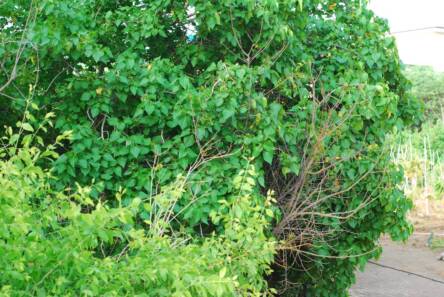
So many animals have become extinct. Karachi on the other hand has this minuscule tree cover and there is no such thing as a forest.
So we have presented a small example and we think that Karachi’s parks (3500 of them) should be converted into forests. In addition to that, we have to find additional spaces, larger spaces, and turn them into the wilderness, forest areas.
6. What is the biggest impediment to the development of such green spaces?
Karachi falls in the semi-arid zone, the annual rainfall is very low. So there is very little natural vegetation. And the little vegetation that should be there, we have labeled it is as ‘ugly’ and gotten rid of it.
After the rains, you may notice little plants popping up, that you have not planted. These seeds are always available on the ground, and right after, they germinate. These are actually the native species. They should be left alone to grow and become a habitat. We need to not interfere with nature’s cycle of developing the species.
[adinserter block= “10”]
We clear them out! For example, in our urban forest park, the ‘peelu’ tree is flourishing – it is growing so fast and it attracts a lot of local birds, it grows so easily everywhere. It does not require much water, it grows well in saline soil. It just needs to be given that space.
Karachi’s number one impediment to green spaces is, resources – we need water, we need to intervene in these spaces and to maintain them consistently. What we do instead is plant trees for photo-ops and then there is no care. For the past fours years, we have been fighting to maintain this green space – we face a lot of criticism and abuse.
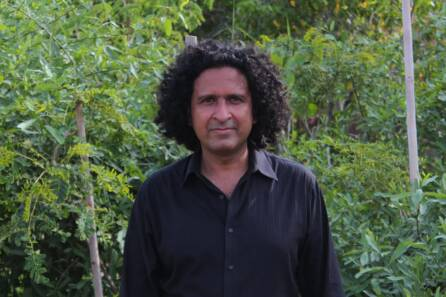
But we want to invite everyone to come and look at space, listen to the sounds of the birds. The other impediment is, the authorities but then if we can develop the interest of the citizens in this space, and they start asking questions.
These days we have a lot of avenues like social media and that works! It results in more funding and actual work being done.
7. You employ the Miyawaki technique of plantation. Is that effective for our climes?
The beauty of the Miyawaki method is the belief that every piece of land in the world has natural vegetation that has evolved over millions of years.
WE just have to identify these species, collect their seeds, create saplings and plant them densely in the format of a forest. Some will be part of the canopy, trees, subtrees, some part of the shrub layer, a microlayer, and some grasses. The space will start behaving like a forest.
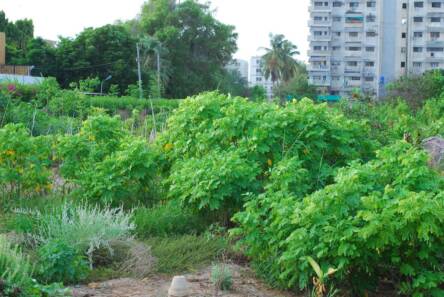
There is a lot of research behind this. 60 years of research and experience by Dr. Miyawaki in potential, natural vegetation and planted about 31 million trees all over the world.
The method is popular because it has worked in different parts of the world. We have planted such forests in Iran, Nicaragua, the US, France, Germany, Australia and they are all thriving.
8. How far true is it to say that Karachi’s have waves can be countered by such plantations?
This is a no-brainer. Wherever there are trees, it is cooler – there is a marked difference in temperatures. No matter what the temperature, if we are surrounded by trees, it will lower the temperature. It will protect the population against heat waves.
Water vapors are constantly being released from plants and help cool us down much like the way it does when we spray our faces with water. Urban forests, in the long run, can cool down the entire region.
9. What can we do in our daily lives to be more eco-friendly?
There is a lot we can do. Most of our habits have become anti-environment. Excessive use of plastics, especially the disposable kind – if only we could learn to reuse things, repair them instead of replacing them.
We need to fix these basics if we want to be eco-friendly. We need to move away from things like fast fashion. We need to be aware that these things create waste.
[adinserter block= “4”]
We need to absolutely surround our elves with trees. We need to plant larger trees, small potted plants, creepers – all of these will help us and our future generation.
What do you think of the story? Tell us in the comments section below.


